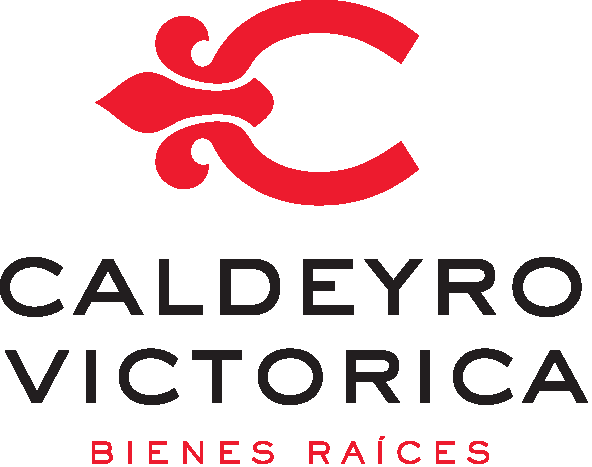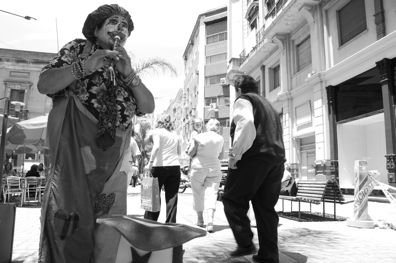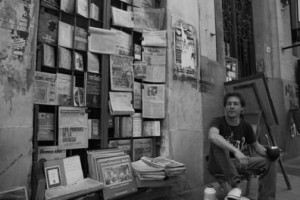It’s 10 o’clock at night in the Ciudad Vieja neighborhood of Montevideo, Uruguay. Three of us are gathered around a bench on the city’s main walking street, Peatonal Sarandi, but no one is wandering past us at this hour.
Relishing our mate drinking session, the group is talking, laughing, and also questioning the American in the group about his takes on Uruguay. A church, Iglesia Matriz, and the country’s original government building emit an orange hue that engulfs Plaza Matriz and its benches.
We are an expatriate and two street vendors/performers of Peatonal Sarandi. One sells books and vintage newspapers displayed on a windowsill next to the corner café. But he is more often seen passionately hand-gesturing to friends and would-be patrons offering his views on Uruguayan politics or history. We are also a clown with a painted face (now faded) still playing a flute.
It is here, in a series of nights spanning two months, that the art and tradition of drinking mate is learned. It is here that the passionate hand-gesturer details a night when he and his family escaped Montevideo’s city limits, hiding from Uruguay’s dictatorship. It is here that our clown jolts a comfortable Uruguayan silence with an opera-grade voice resonating a Uruguayan classic. We later learn that many years prior he graduated from Instituto Escuela Nacional de Bellas Artes — the country’s premier art school.
This is Uruguay: relaxation in a traditional, open, unpretentious package.
“Learning from a clown in Montevideo, Uruguay” was written by Dominic DeGrazier.


